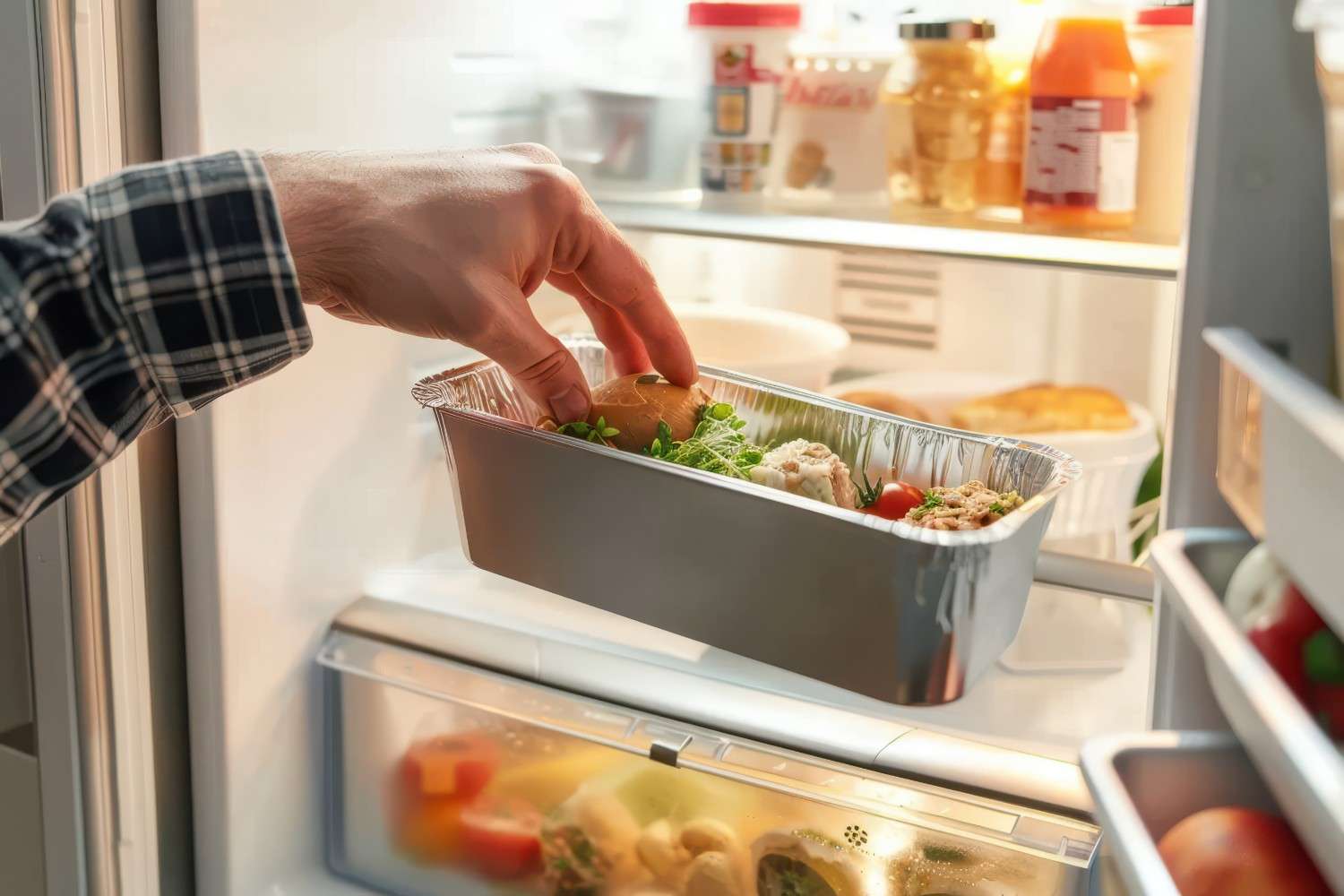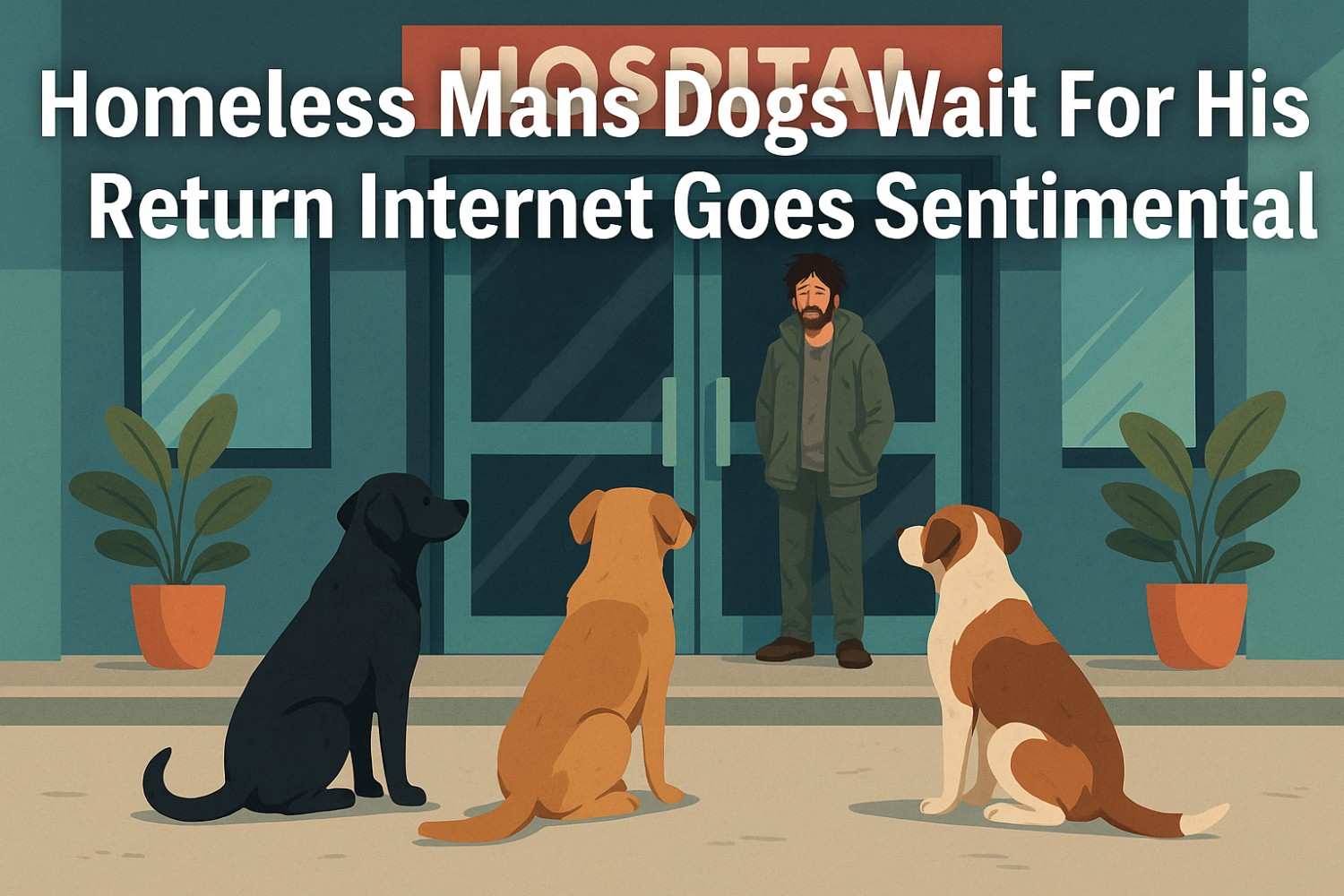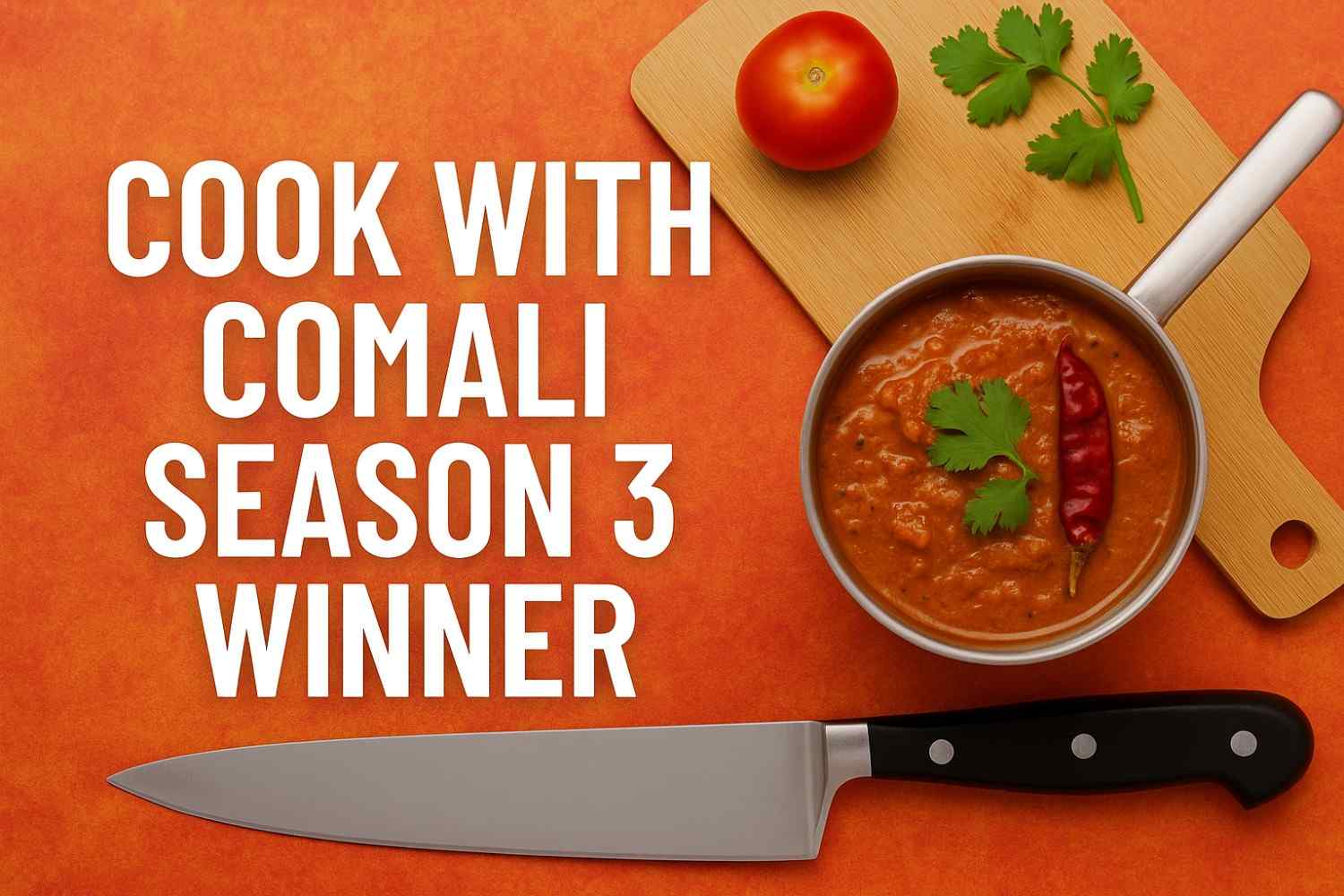If you’ve ever stood in your kitchen wondering how long should you let food cool before refrigerating, you’re not alone. Many home cooks hesitate to refrigerate hot dishes immediately, worried they might spoil or affect fridge temperature. However, waiting too long can invite bacterial growth — turning a good meal into a risky one.
As someone who’s spent years studying food safety and culinary best practices, I can assure you that timing is everything when it comes to cooling food safely. Let’s explore how long you should really wait, why it matters, and how to do it right.
The Safe Cooling Window: The Two-Hour Rule
The general rule of thumb is simple yet critical:
You should let food cool for no more than two hours before refrigerating.
If the room temperature is 90°F (32°C) or higher, such as during summer barbecues or outdoor events, the window shrinks to just one hour.
These time limits are not arbitrary — they’re based on how quickly bacteria multiply at unsafe temperatures. Leaving food out longer than recommended gives harmful microorganisms like Salmonella or E. coli the perfect environment to thrive.
Understanding the “Danger Zone” for Food Safety
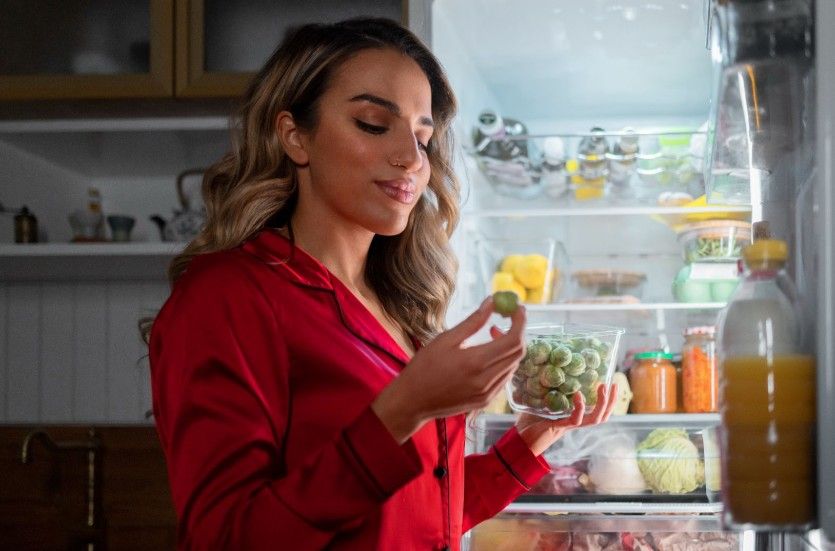
To understand why time limits exist, you need to know about the danger zone — the temperature range where bacteria multiply most rapidly.
| Temperature Range | Classification | Bacterial Growth Rate | Action |
| Below 40°F (4°C) | Safe Zone | Minimal growth | Safe for storage |
| 40°F–140°F (4°C–60°C) | Danger Zone | Rapid growth | Avoid prolonged exposure |
| Above 140°F (60°C) | Hot Holding Zone | Kills most bacteria | Keep hot foods above this |
The “danger zone” (40°F to 140°F) is where bacteria can double every 20 minutes. That means a pot of soup left out overnight could go from safe to unsafe before you even realize it.
Why You Shouldn’t Leave Food Out Too Long
When cooked food sits at room temperature for more than two hours (or one hour in hot weather), bacteria start multiplying quickly. Even if the food looks and smells fine, it may no longer be safe to eat.
Key Reasons to Refrigerate on Time
- Prevent food poisoning: Bacteria like Clostridium perfringens and Staphylococcus aureus can survive cooking and grow later if left out.
- Preserve texture and flavor: Timely refrigeration helps maintain food quality and prevents it from drying out.
- Reduce waste: Proper cooling and storage extend shelf life.
Simply put — the sooner you move food into the fridge after cooling properly, the better.
How to Cool Food Quickly Before Refrigerating
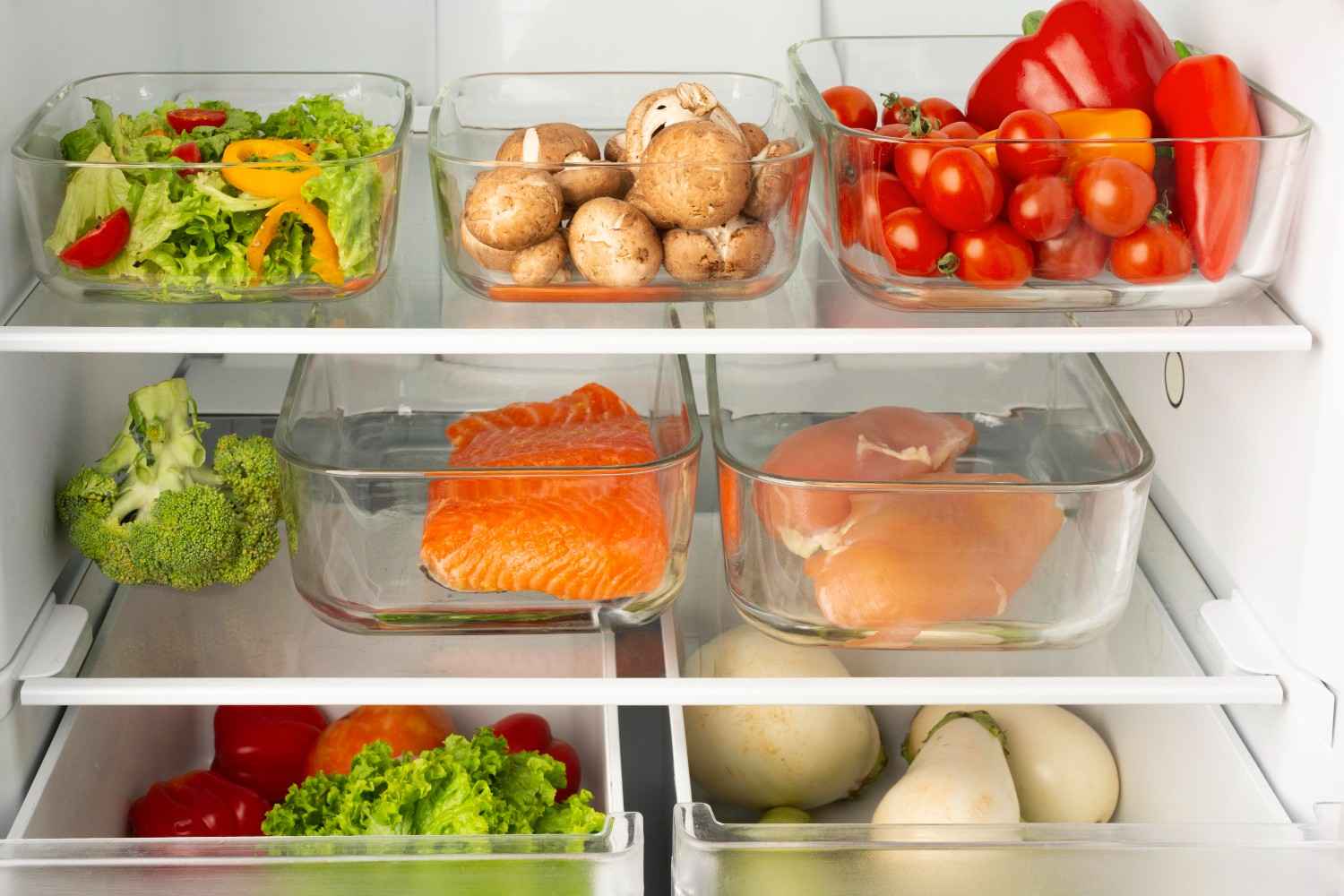
One of the biggest misconceptions about food storage is that you have to let dishes reach room temperature before refrigerating. That’s not true. You only need to cool them down enough to avoid raising your fridge’s internal temperature drastically.
Here’s how professionals and food safety experts recommend cooling food efficiently:
1. Divide and Conquer
Large pots of soup, stews, or casseroles take longer to cool. Divide them into smaller, shallow containers (no more than 2 inches deep). This increases the surface area and allows heat to escape faster.
2. Use Shallow Containers
Shallow pans cool food more evenly and quickly than deep ones. They also make it easier to reheat smaller portions later.
3. Stir Occasionally
Stirring thick foods such as chili or pasta sauce while they cool helps release trapped heat.
4. Cool on Ice (Optional for Large Quantities)
If you’re dealing with very large batches, place the containers in a larger basin filled with ice water. Stir occasionally until the temperature drops enough to refrigerate safely.
5. Leave Some Space in Containers
Avoid overfilling containers. Leave a little headspace to allow air circulation, which helps cool food faster and prevents condensation.
What Happens If You Refrigerate Food Too Soon?
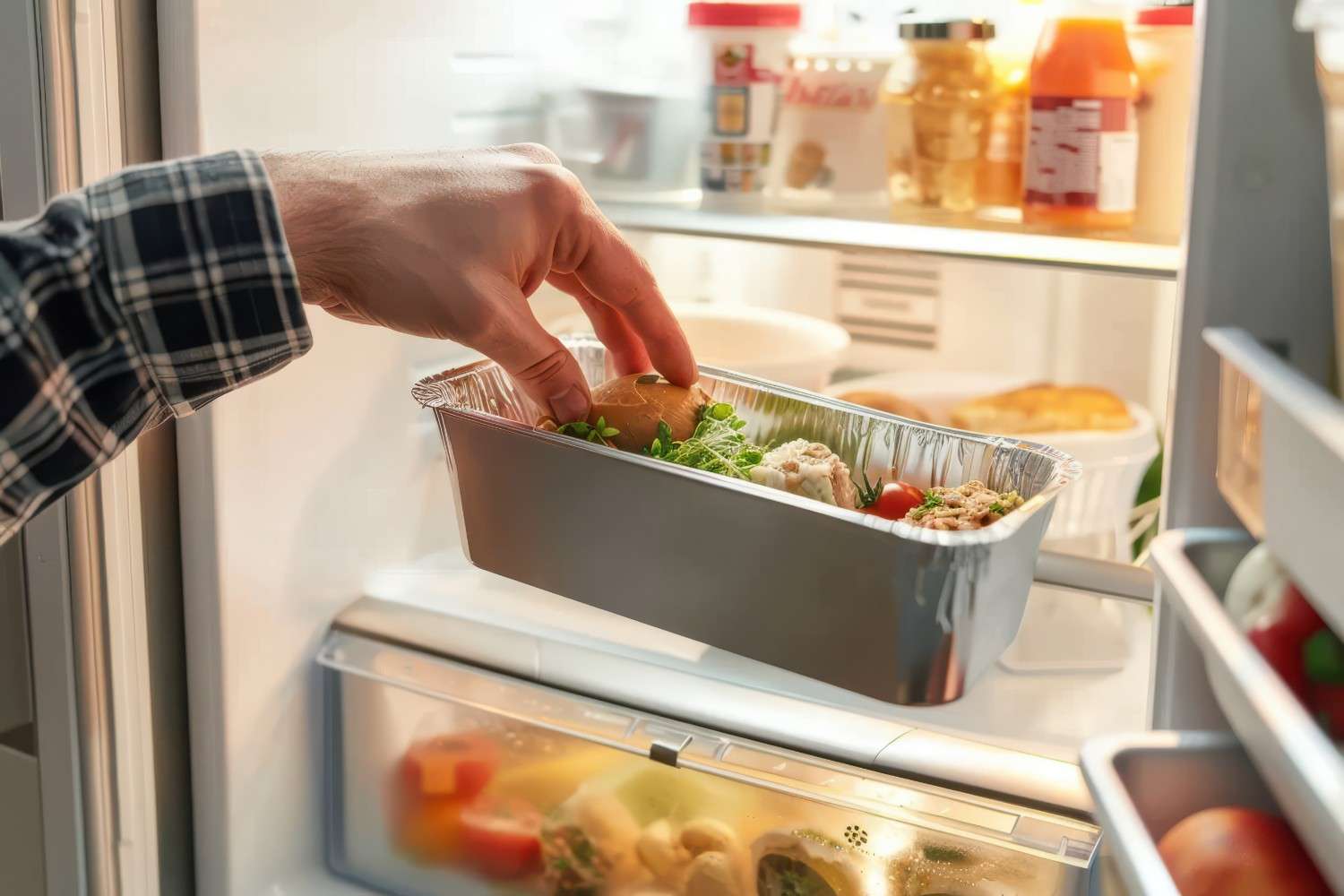
While it’s important not to leave food out too long, refrigerating food that’s still piping hot isn’t ideal either. It can temporarily raise the internal temperature of your fridge, putting other stored foods at risk.
However, modern refrigerators are built to handle mild heat from freshly cooked dishes, especially when food is portioned into smaller containers. So, as long as it’s not boiling hot, it’s safe to refrigerate sooner than most people think.
How Long Should You Let Different Foods Cool?
Different types of foods cool at varying speeds depending on their density, moisture content, and container type. The table below offers a quick reference guide:
| Type of Food | Recommended Cooling Time (Room Temp ≤ 90°F) | Safe Refrigeration Step |
| Soups & Stews | 30–60 minutes | Transfer to shallow containers before refrigerating |
| Cooked Meats | 30–45 minutes | Slice large pieces for faster cooling |
| Casseroles | 45–60 minutes | Divide into smaller portions |
| Pasta & Rice Dishes | 20–30 minutes | Spread out on a baking sheet or shallow dish |
| Roasted Vegetables | 15–30 minutes | Let steam dissipate before storing |
Note: If the temperature is above 90°F (32°C), reduce all times by half.
What To Do If Food Was Left Out Too Long
If you realize you’ve left perishable food out past the safe window, the best option is to discard it. While it might feel wasteful, foodborne illnesses are not worth the risk.
Here’s what to keep in mind:
- Over 2 hours at room temperature: Discard immediately.
- Over 1 hour at 90°F or higher: Discard immediately.
- Unsure how long it’s been out: When in doubt, throw it out.
Even reheating food that’s been left out too long won’t make it safe again, because some bacteria produce toxins that heat cannot destroy.
Expert Tips for Safe Refrigeration
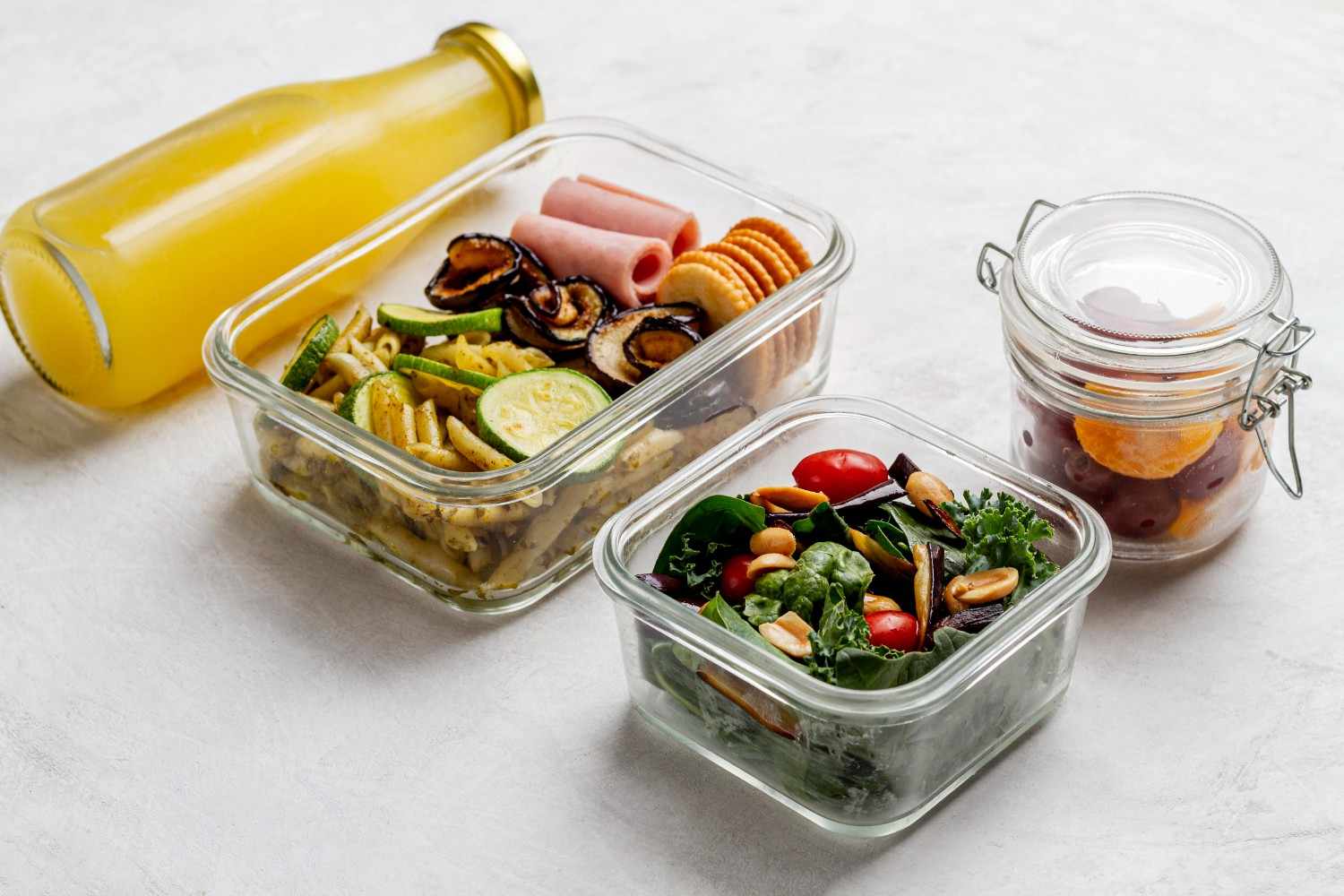
- Label leftovers: Write the date on containers to track freshness.
- Keep fridge below 40°F (4°C): Use a thermometer if necessary.
- Don’t overcrowd: Leave room for air to circulate for consistent cooling.
- Reheat properly: Heat leftovers to at least 165°F (74°C) before eating.
A little organization can make a big difference in preventing spoilage and ensuring your family’s safety.
Also Read: Best paper airplane
FAQs About Cooling Food Before Refrigerating
1. Can I put hot food directly into the fridge?
Yes, you can — as long as it’s not scalding hot. Divide large portions into smaller containers so the heat disperses quickly. Modern refrigerators can handle this without spoiling other foods.
2. What happens if I leave food out overnight?
Food left out overnight is unsafe to eat, even if it smells fine. Bacteria multiply quickly in the danger zone and can cause food poisoning. It’s best to discard it.
3. How do restaurants cool food safely?
Restaurants use techniques like ice baths, blast chillers, and shallow pans to reduce temperature quickly. You can replicate this at home using ice baths or shallow containers.
4. How long can leftovers stay in the fridge?
Most cooked foods last 3–4 days in the refrigerator. Beyond that, bacteria can begin to grow even at cold temperatures.
A Quick Recap: Safe Cooling Simplified
| Step | Action | Time Limit |
| 1 | Cool food no more than 2 hours (1 hour if above 90°F) | 2 hours |
| 2 | Divide into shallow containers | As soon as possible |
| 3 | Refrigerate before reaching the danger zone (40°F–140°F) | Within 2 hours |
| 4 | Keep fridge at or below 40°F | Continuous |
Keeping Food Safe Starts with Cooling Smart
Knowing how long you should let food cool before refrigerating is one of the simplest ways to prevent foodborne illness. Whether you’re meal-prepping, hosting a dinner, or storing leftovers, following the two-hour rule and cooling food efficiently can make all the difference.
Food safety doesn’t have to be complicated — it just requires awareness and a few smart habits. Cool quickly, store safely, and enjoy your meals with peace of mind knowing you’re doing it right.

